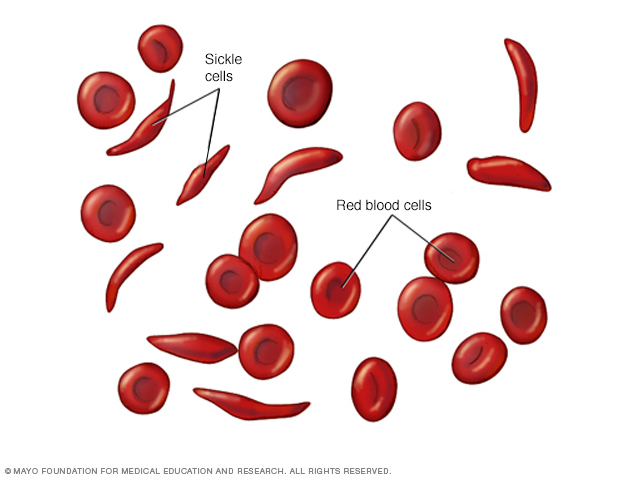Lack of Vitamin D in SCD Children Linked to Worse Hospital Outcomes in Study

Children and adolescents with sickle cell disease (SCD) who lack vitamin D are hospitalized more often due to pain crises, have longer hospital stays, and make more frequent visits to the emergency room, a new study has found.
The study, “The association between vitamin D deficiency and hospitalization outcomes in pediatric patients with sickle cell disease,” was published in the journal Blood Cells, Molecules, and Diseases.
Young people and children with SCD are at increased risk of having a deficiency of vitamin D — a nutrient found in some foods that is needed for health and to maintain strong bones — and this has been linked to greater pain. Since pain crises are one of the major causes of SCD-related hospital visits, this suggests a possible link between vitamin D and hospitalization.
However, the relationship between this vitamin deficiency and hospitalization outcomes among pediatric patients with SCD had never been explored.
To tackle this issue, researchers in the U.S. reviewed the electronic medical records of 90 children and adolescents with SCD, ages 1-21, who received care at their clinic. Only individuals whose records included at least one vitamin D level recording in 2015 were included in the analysis.
The patients were considered to have a deficiency when their blood levels of the vitamin were lower than 20 ng/mL. Among the 90 patients included in the analysis, 61 (68%) were vitamin D deficient.
Vitamin D deficiency was found to be associated with age, with older individuals being more likely to be deficient than younger ones. Indeed, 86% of those who were lacking the vitamin were age 16 or older, while 74% of those who were not deficient were 5 years old or younger.
Over the same length of time, SCD patients who lacked vitamin D had significantly more pain crisis-associated hospitalizations than those with normal vitamin levels (0.93 versus 0.41). Average length of hospitalization (2.44 days versus 1.10) and the number of emergency room (ER) visits (1.18 versus 0.59) were both significantly higher among those who were D-deficient.
Similar results also were found when different cutoff values were used for determining vitamin deficiency.
Additional statistical analyses found a significant correlation between the levels of the vitamin and all three variables. That is, having lower vitamin D levels — regardless of whether or not the levels were considered “deficient” — were associated with more hospitalizations, longer hospital stays, and more ER visits.
After adjusting the data for age, which was strongly associated with vitamin D levels, only the association between length of hospital stay and the vitamin levels remained statistically significant
“Patients with SCD and VDD [vitamin D deficiency] have increased associations with hospitalization outcomes such as the number of ER visits, the number of hospital admissions for pain crisis, and the length of hospital admission. The risk of VDD also increases with increasing age,” the researchers said.
“Screening and treatment for vitamin D deficiency is generally cost effective and readily available, potentially having a significant impact on the quality of life for those living with SCD,” they said.The team recommended further research be done to assess whether correcting the vitamin levels may improve hospitalization outcomes among adolescents and children with sickle cell disease.




Recent Comments